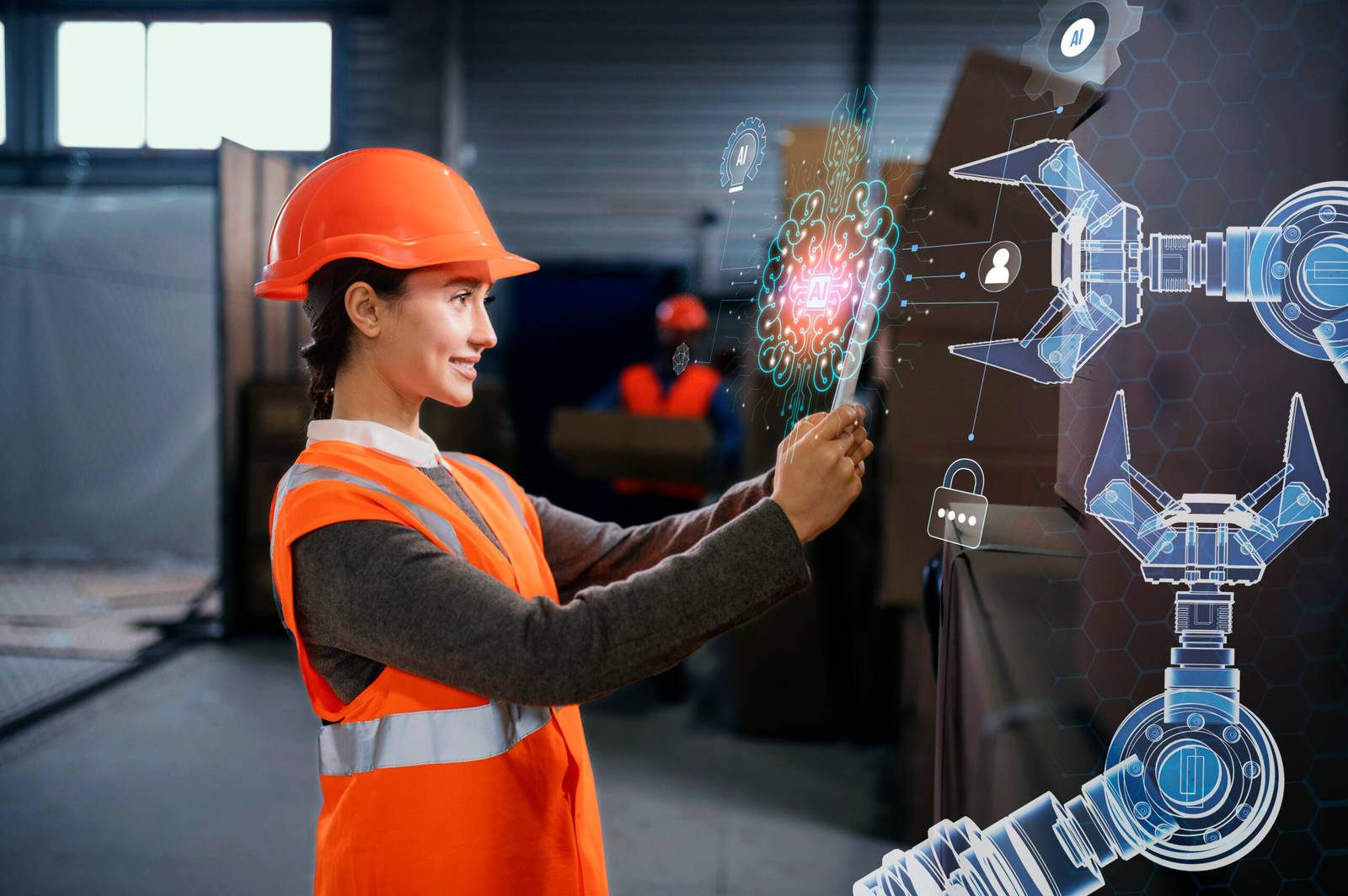Automation & Robotics: Workforce Transformation

by Web Digital
In the midst of the technological revolution, the integration of automation and robotics into industries is reshaping the landscape of work. As machines become increasingly intelligent and capable, they are altering traditional job roles, processes, and even business models. This article delves into the transformative impact of automation and robotics on the workforce, exploring the benefits, challenges, and the path forward in this era of technological advancement.
The Rise of Automation and Robotics
Automation entails utilizing technology to execute tasks with minimal human intervention. This can range from simple repetitive actions to complex decision-making processes. Robotics, on the other hand, involves the design and construction of machines that can operate autonomously or semi-autonomously to perform tasks.
Benefits of Automation and Robotics
The integration of automation and robotics offers numerous advantages across various sectors:
1. Increased Efficiency and Productivity
Machines can work continuously without breaks or fatigue, leading to higher productivity levels and reduced downtime.
2. Precision and Consistency
Automation ensures tasks are carried out with precision and consistency, minimizing errors and defects.
3. Labor Cost Reduction
Replacing certain tasks with automated systems can lead to reduced labor costs, particularly for repetitive and time-consuming tasks.
4. Safety Enhancement
Robots can perform hazardous tasks that pose risks to human workers, thereby improving workplace safety.
5. Handling Complex Tasks
Automation and robotics excel in handling intricate processes that require high levels of accuracy and complexity.
6. Scalability
Robotic systems can be easily scaled up or down to meet changing production demands.
Impact on the Workforce
The integration of automation and robotics is not without challenges, particularly concerning the workforce:
1. Job Displacement
Certain routine and repetitive tasks are susceptible to being automated, leading to concerns about job displacement for human workers.
2. Skill Shifts
As automation takes over routine tasks, there will be a shift towards roles that involve overseeing, maintaining, and programming these systems.
3. Need for Upskilling
Workers will need to acquire new skills to work alongside automated systems. Technical proficiency, problem-solving, and adaptability will be key.
4. Resistance to Change
The transition to automation can be met with resistance from workers accustomed to traditional ways of working.
5. Socioeconomic Disparities
The adoption of automation may exacerbate socioeconomic disparities if not managed inclusively.
Collaborative Robotics: The Future of Work
Collaborative robots, or cobots, represent a growing trend in the realm of automation and robotics. Unlike traditional industrial robots that work in isolation, cobots are designed to work alongside humans, enhancing their capabilities and productivity. This collaborative approach offers several advantages:
1. Enhanced Efficiency
Cobots assist humans in tasks, boosting overall productivity by combining the strengths of both.
2. Reduced Workload
Cobots can handle physically demanding or repetitive tasks, reducing strain on human workers.
3. Improved Safety
Cobots are equipped with sensors that enable them to detect the presence of humans and stop operations if necessary, enhancing workplace safety.
4. Skilled Labor Augmentation
Cabot’s can work alongside skilled labor, amplifying their capabilities and enabling them to focus on more complex aspects of their roles.
Challenges in Embracing Automation and Robotics
While the benefits are evident, several challenges must be navigated in the widespread adoption of automation and robotics:
1. Initial Costs
Implementing automated systems and robotics can involve significant upfront investment.
2. Integration Complexities
Integrating new technologies into existing processes can be complex and require careful planning.
3. Ethical Considerations
Automation raises ethical questions regarding job displacement, worker well-being, and potential biases in decision-making algorithms.
4. Technical Expertise
Organizations need employees with technical expertise to operate, maintain, and program automated systems.
5. Adaptation Period
The transition to automation can require time for employees to adapt to new processes and workflows.
The Path Forward
As automation and robotics continue to reshape the workforce, a balanced and strategic approach is essential:
1. Reskilling and Upskilling
Investing in training and upskilling programs will enable workers to stay relevant in the age of automation.
2. Human-Robot Collaboration
Promoting collaboration between humans and robots can optimize productivity and capitalize on the strengths of both.
3. Ethical Frameworks
Developing ethical guidelines and regulations will ensure the responsible and fair implementation of automation.
4. Continuous Learning
Organizations must embrace a culture of continuous learning to keep up with rapidly evolving technologies.
5. Embracing Change
Companies and workers alike must embrace change and innovation to remain competitive in an automated world.
Conclusion
Automation and robotics are not simply technologies; they are catalysts for change that are redefining the future of work. By automating routine tasks, enhancing productivity, and enabling collaborative efforts, these technologies hold the potential to revolutionize industries and elevate the role of human workers. However, their adoption requires careful consideration of the impact on the workforce, the upskilling of employees, and the establishment of ethical frameworks. As we navigate this transformative era, striking a harmonious balance between technology and human ingenuity will be the key to unlocking the full potential of automation and robotics while creating a future of work that benefits both machines and individuals.
Recommended Posts

What is PPC and How Does It Work in Canada?
September 24, 2025

Web Design Trends in Toronto for 2025
September 12, 2025

Your Guide to Social Media Advertising in Canada
September 5, 2025
